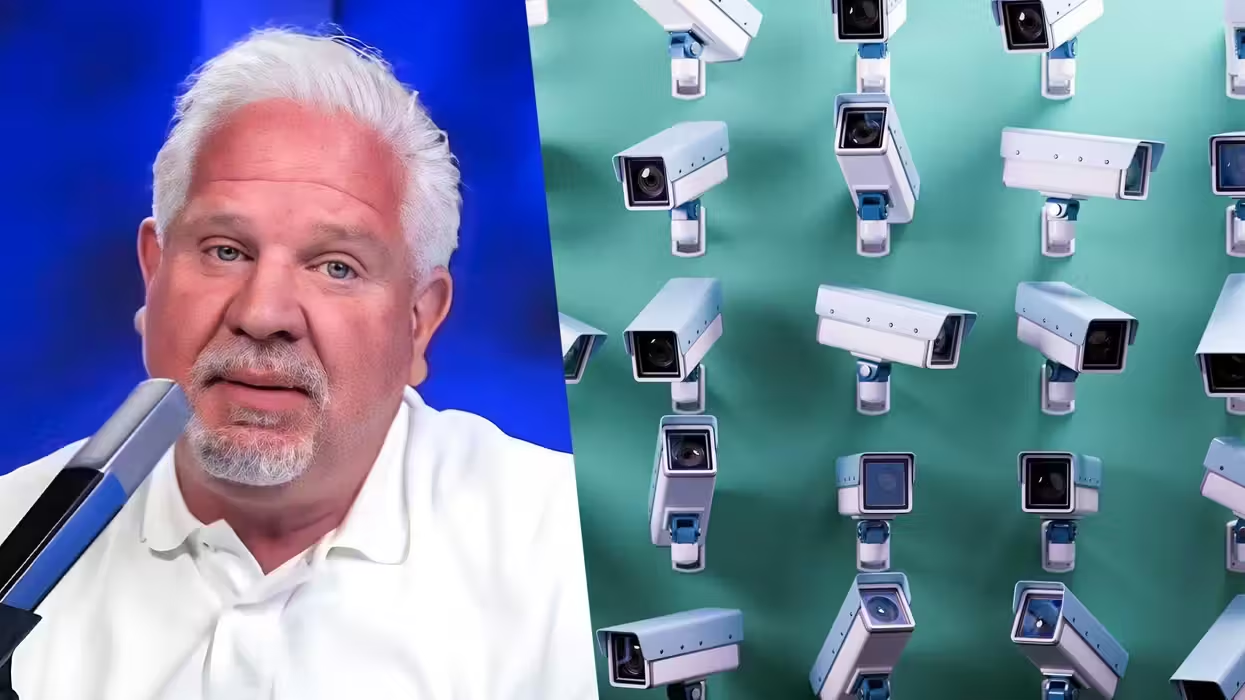
© 2025 Blaze Media LLC. All rights reserved.
Amphibious assault super jet.
The United States Marine Corps is test driving its new stealth fighter-- and this one can even land vertically.
The Blaze brings you the F-35B fifth generation stealth fighter. It's the only short-takeoff, vertical landing (STOVL) variant of the aerial platforms developed in the Joint Strike Fighter program. And it looks pretty incredible.
Stealth planes are generally known for their ability to evade radar, engage other craft first, and unleash munitions deep behind enemy lines, but the F-35B adds an advanced close air support element (CAS) to the Marine Corps' arsenal.
The F-35B would give Marine expeditionary forces a complete air superiority tool whenever a beachhead is established. It could take-off and land from the smaller amphibious vessels used by the Marine Corps, as well as from makeshift or unfinished airfields.
Check out this just video released of its first vertical landing on the deck of the USS Wasp, conducted Monday:
Historically speaking, the Marine Corps has focused on rugged, low-tech warfare. Marine acquisitions have revolved around the nuts-and-bolts of expeditionary warfare, not the hyper-advanced technologies associated with the Air Force and Navy. 
That history of low-cost, high-output from the Corps may tie into fears that the F-35B could end up on the Pentagon's budget chopping block. The program was placed on probation by then Defense Secretary Gates last year because of its delays and massive budget overruns.
Regardless of the F-35B's future, it seems the Marines could use a versatile, fifth generation aerial combat element to replace the aging AV-B Harrier aircraft. If not the F-35, some analysts have suggested the unlikely step of giving the Marines control over some of the even more advanced F-22 Raptors held by the Air Force.
If the Marines are going to continue to be Washington's service-of-choice for rapid deployments to hotspots around the world, they must be given whatever tools they need to get the job doe.
Want to leave a tip?
We answer to you. Help keep our content free of advertisers and big tech censorship by leaving a tip today.
Want to join the conversation?
Already a subscriber?
more stories
Sign up for the Blaze newsletter
By signing up, you agree to our Privacy Policy and Terms of Use, and agree to receive content that may sometimes include advertisements. You may opt out at any time.
Related Content
© 2025 Blaze Media LLC. All rights reserved.
Get the stories that matter most delivered directly to your inbox.
By signing up, you agree to our Privacy Policy and Terms of Use, and agree to receive content that may sometimes include advertisements. You may opt out at any time.






